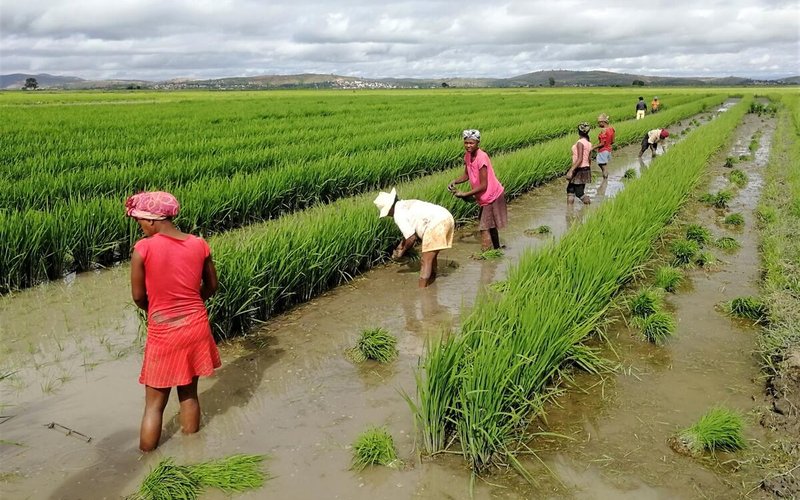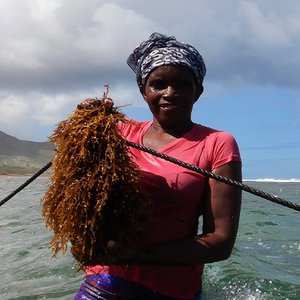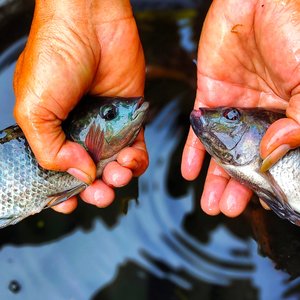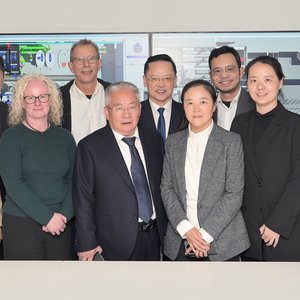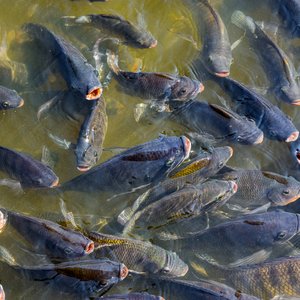Emerging economies have increasingly driven global agricultural market developments over the past 20 years and are projected to continue to do so over the next decade, but with regional shifts linked to changing demographics and new economic affluence, according to a report released by the Food and Agriculture Organization of the United Nations (FAO)and the Organisation for Economic Co-operation and Development (OECD).
The OECD-FAO Agricultural Outlook 2024-2033 is the key global reference for medium-term prospects for agricultural commodity markets, and this year’s edition marks the 20th edition of the joint publication. For two decades, the report has analyzed trends in the demographic and economic drivers of agricultural commodity supply and demand, projected the shifts in production and consumption locations, and assessed the resulting changes in international agricultural trade patterns.
A notable shift expected over the coming decade is the increasing role of India, Southeast Asia and Sub-Saharan Africa and the declining role played by China. While China accounted for 28% of the growth in global consumption of agriculture and fisheries in the previous decade, its share of additional demand over the coming decade is projected to fall to 11%, attributed not only to a declining population and slower income growth but also to a stabilization of nutrition patterns.
India and Southeast Asian countries are projected to account for 31% of global consumption growth by 2033, driven by their growing urban population and increasing affluence. Among predominantly low-income regions, Sub-Saharan Africa is projected to contribute a sizeable share of additional global consumption (18%), primarily due to population growth-driven demand for food.
Total agricultural and fisheries consumption (as food, feed, fuel and other industrial raw materials) is projected to grow by 1.1% annually over the next decade, with nearly all of the additional consumption projected to occur in low- and middle-income countries. Food calorie intake is expected to increase by 7% in middle-income countries, largely due to greater consumption of staples, livestock products and fats. Calorie intake in low-income countries will grow at 4%, too slowly to achieve the Sustainable Development Goal target of zero hunger by 2030.
“The outlook confirms the need to implement strategies that bridge productivity gaps in low- and middle-income countries to increase domestic production and boost farmers’ incomes,” said FAO director-general QU Dongyu.
“This outlook has served as a valuable reference for policy planning, providing a sound evidence base and data for medium-term prospects for agricultural commodity markets. Over the coming decade, the volumes of agricultural commodities traded globally are expected to increase between net exporting regions and net importing regions, but with regional shifts reflecting increased global consumption in India and Southeast Asian countries,” OECD secretary-general Mathias Cormann said. “Well-functioning agricultural markets, reducing food loss and waste, and more productive and less polluting forms of production will remain critically important for global food security and to ensure rural livelihoods can and do benefit from global agrifood value chains.”
Fish and seafood products
The outlook provides insights into the future of fish and seafood products:
- Global consumption trends: Food fish consumption is projected to grow globally, albeit at a slower rate than in the previous decade. Europe’s fish food supply will decline, but more slowly than before.
- Price projections: Real-term prices for all fish product groups, including aquaculture, capture fisheries, traded fish food, fishmeal, and fish oil, are expected to decrease over the next decade. Fish oil prices are anticipated to fall by 18%.
- Fishmeal and fish oil trade: Fishmeal trade will remain stable with a modest growth of 4%, reaching 3.6 million tonnes by 2033. The European Union will continue to be a major exporter. Fish oil exports are projected to increase by 12%, reaching 1.1 million tonnes by 2033, with Norway and the European Union leading global imports.
- Aquaculture production: Aquaculture is growing faster than fishmeal production, leading to an increased use of oilseed meals in aquaculture feed. By 2033, oilseed meal use in aquaculture will rise by 32% to 12 million tonnes, while fishmeal use will grow by 15% to 4.8 million tonnes. Over 85% of the additional projected fish production will stem from aquaculture, elevating its share in global fish production to 55% by 2033.
Crop production
Growth in crop production is projected to be driven primarily by productivity increases on existing land rather than an expansion of the cultivated area, leading to a decline in agriculture’s global greenhouse gas (GHG) emissions intensity. Similarly, a significant proportion of the growth in livestock and fish production is also expected to result from productivity improvements, although herd expansions will also contribute to production growth. Direct emissions from agriculture are, therefore, projected to increase by 5% over the projection period.
Despite these expected productivity improvements, particularly in the least productive countries in Africa and Asia, significant productivity gaps are projected to persist, challenging farm incomes and food security and increasing countries’ requirements for food imports. Technological gaps, limited input use and natural climatic conditions remain some of the key factors underpinning disparities in agricultural productivity.
Well-functioning international agricultural commodity markets will remain important for global food security, as 20% of calories are traded and rural livelihoods can benefit from participation in markets and global agrifood value chains.
Cereal demand is projected to continue to be led by food use, closely followed by feed use. In 2033, 41% of all cereals will be directly consumed by humans, 36% will be used as animal feed, and the remainder will be processed into biofuel and other industrial products.
Yield challenges are projected to persist for oilseeds, with major producers experiencing slow growth or declines in yield, notably in Indonesia and Malaysia for palm oil, and the European Union and Canada for rapeseeds.
Information and data from the outlook, including the main conclusions, are freely accessible at www.agri-outlook.org.


